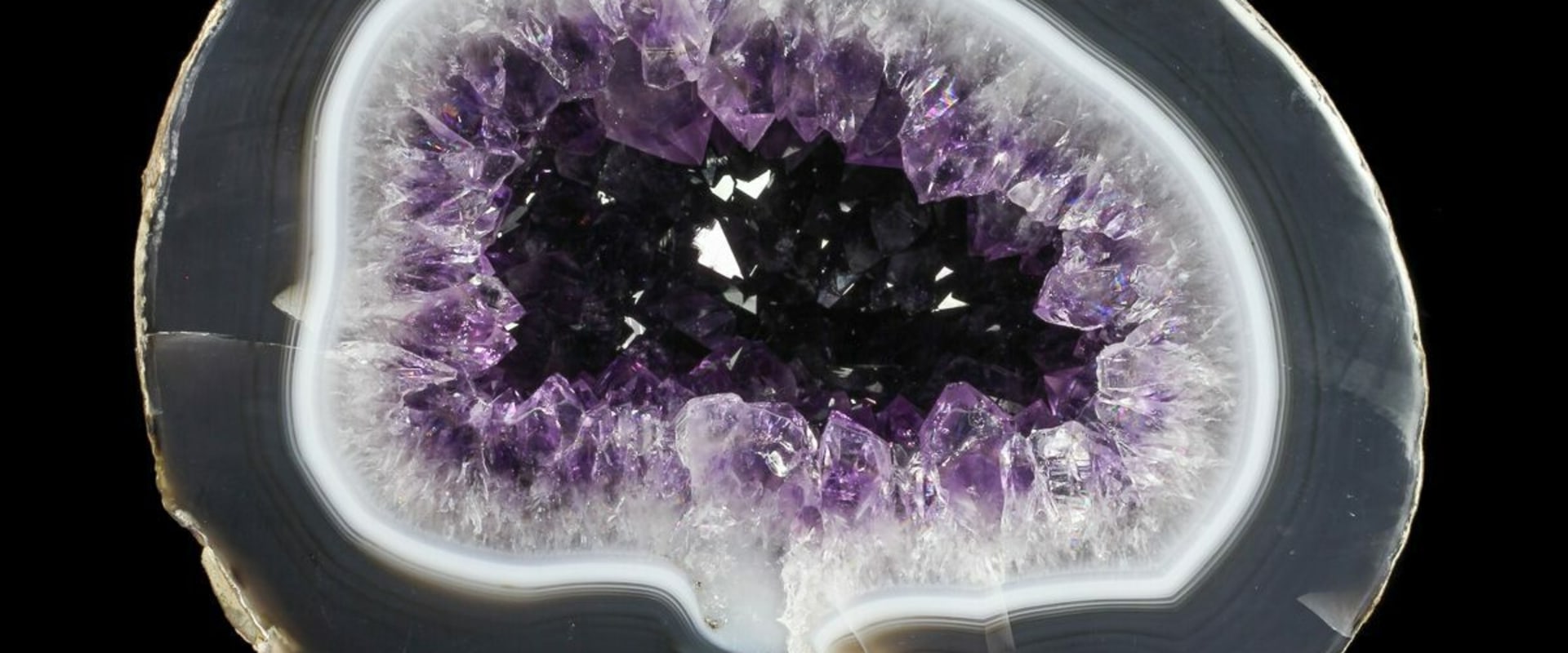Crystals are an essential element in the 12 step recovery process, as they symbolize growth and transformation. These fascinating and beautiful structures can take many forms and come in a variety of colors, making them a valuable tool for staying updated on drug addiction news, as well as for managing major depression through detox and treatment by rehab consultants in Ohio. But how long does it take for crystals to form in a sober living environment? The answer depends on the type of crystal, the environment, and the size of the crystal. Not all crystals form in water. Some crystals can form in an element called carbon. However, all crystals are formed in the same way: the atoms come together and become a uniform cluster, which can be particularly beneficial for individuals with bipolar disorder. If you or a loved one is seeking drug addiction treatments or alcoholism info or addiction treatment info, incorporating crystals into your sober living environment may aid in the recovery process. The process can take anywhere from a few days to maybe a thousand years. Natural crystals that come from Earth form in the same way. These crystals formed more than a million years ago within the Earth's crust.
They occur when the Earth's liquid consolidates and the temperature cools. Other crystals form when liquid crosses crevices and dispenses minerals to the crevices. Small-sized quartz crystals can form in as little as one day. Crystals larger than several kilograms can form in just a few months.
The growth rate is determined by heat and pressure conditions, as well as by the availability of silica and water nutrients. The most common bright crystals are well-formed cubic crystals of fluorite, calenohedral, prismatic calcite, apatite, corundum (ruby and sapphire), aragonite, scheelite and selenite, gypsum. Under the old Garbage In = Garbage Out rule, a crystal structure is only as good as the glass used for data collection. Crystals that are perfectly crystallized minerals can also produce different color glows under UV light. This configuration can be quite rare, since the old transparent crystal can also continue to grow and form a new layer of quartz, leaving a ghostly or shadowy spectrum of the other crystal below the surface.
For example, selenite crystals larger than 10 meters are found in the Cueva de los Cristales in Naica, Mexico. Then, if supported by the environment, the older crystal will start to grow again and, essentially, the new crystal will swallow up. Some crystals need heat and water to form, such as quartz, which is one of the best-known and most loved types of crystals in existence. Crystallography is the science that measures the crystal structure (in other words, the atomic arrangement) of a crystal. A crystal or crystalline solid is a solid material whose components, such as atoms, molecules or ions, are arranged in a highly ordered microscopic structure, forming a crystal network that extends in all directions. For those who love the idea that crystals are born from the Earth for millions of years, the crystallization that occurs underground is very exciting.
For example, a perfect diamond crystal would only contain carbon atoms, but a real crystal could also contain some boron atoms. Small holes reduce the maximum resolution at which the crystal is diffracted, while larger holes destroy the glass. The crystals found in rocks usually range in size from a fraction of a millimeter to several centimeters in diameter, although exceptionally large crystals are occasionally found. This also makes it a difficult place for crystals to grow and means that many crystals end up breaking or cracking in the process. In the last block of ice, each of the small crystals (called “crystallites” or “grains”) is a true crystal with a periodic arrangement of atoms, but the entire polycrystalline does not have a periodic arrangement of atoms because the periodic pattern breaks at the boundaries of the grains.
